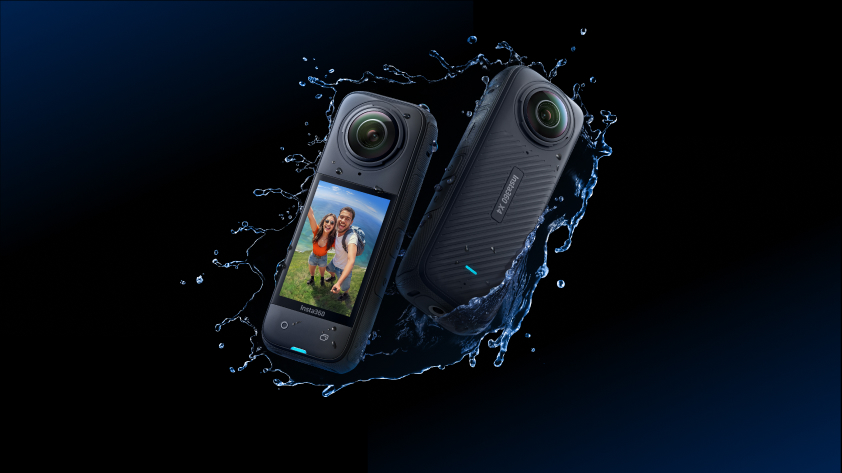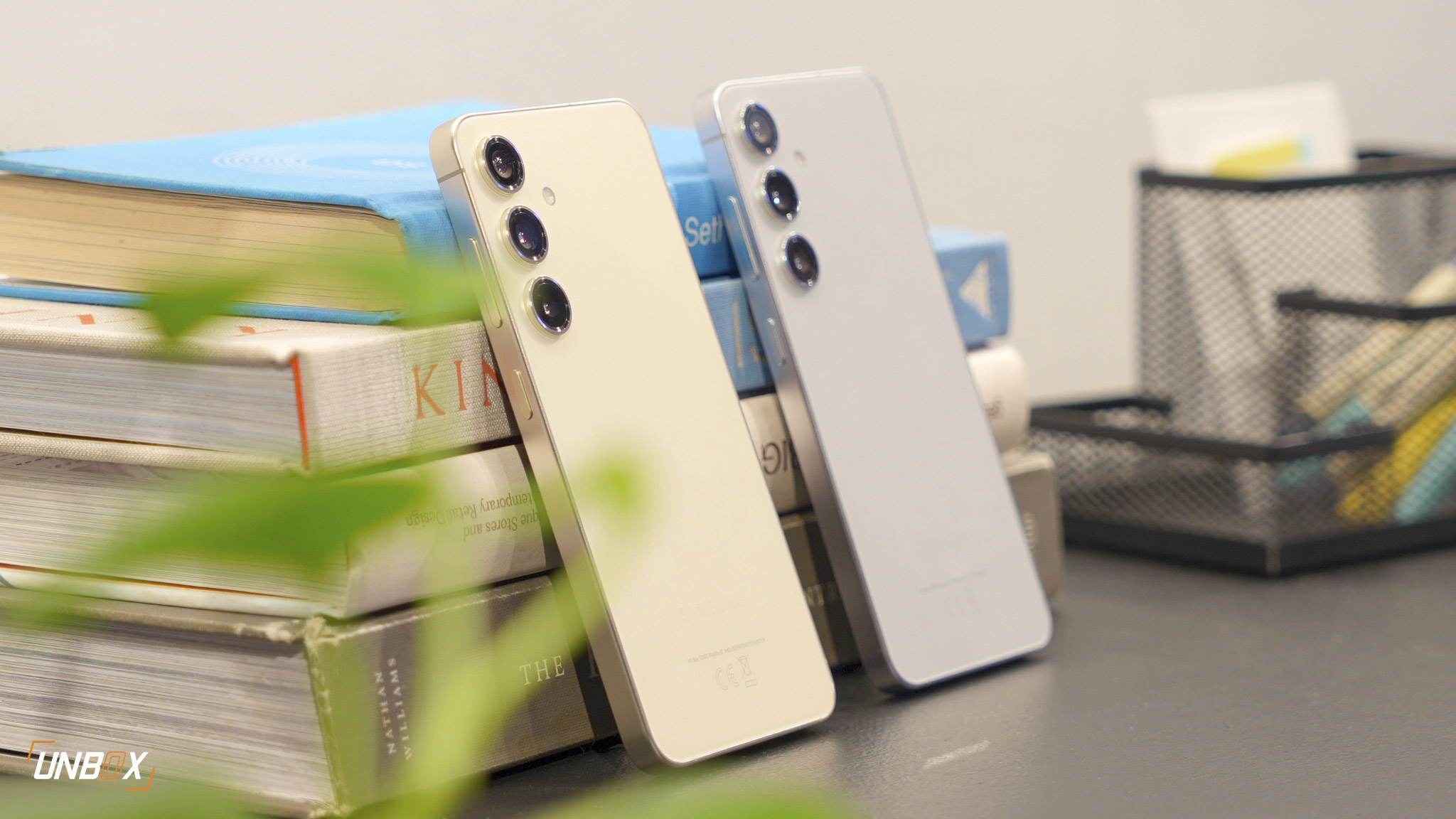We review the ZenFone Live!
ASUS’ ZenFone Live first started life as the ZenFone 3 Go before it was officially announced by the company. It was the missing piece in the company’s smartphone lineup that was meant to fill the gaping hole in their budget segment. But the name didn’t stick – after initial leaks the phone was launched in the Philippines as the ZenFone Live, and while the name has changed, its role in ASUS’ roster didn’t – it’s still a budget device that fills their budget smartphone requirement, positioned right below the ZenFone 3 Max.
ASUS ZenFone Live specs
- Qualcomm Snapdragon 410 octa-core processor
- 2GB of RAM
- 5-inch HD IPS display, 720 x 1280 resolution
- 16GB of expandable storage
- 13-megapixel rear camera, f/2.0 aperture lens, AF, LED flash
- 5-megapixel front camera, f/2.2 aperture lens, LED flash
- Dual SIM
- 3G, LTE
- WiFi, Bluetooth, GPS, A-GPS
- 2650mAh battery
- Android Marshmallow with ZenUI

Plastic fantastic, but still sturdily built
After spoiling us with their metal mid-range phones, the switch to plastic on the ZenFone Live was a little jarring. While we completely understand why it would be far too expensive to use premium materials on what basically is a budget device, we’re a little sad that ASUS couldn’t sacrifice a bit of their margins to make the ZenFone Live out of metal.

Despite the extensive use of plastic, the ZenFone Live isn’t a bad looking phone. The device may be plastic but it doesn’t look like it from a distance, it’s only when you start fondling the phone that you notice it’s not made from premium materials.

The design is still very much ASUS, with flat sides and rounded corners. The rear 13-megapixel camera is tucked on the upper left side on the rear of the device. Physical controls are all located on the right side of the phone, with the microSD/SIM slot on the opposite side. The 3.5mm jack is located on the top, while the bottom holds the USB port.

The front of the phone is dominated by the 5-inch HD display, with the physical Android navigation keys located right below it. On top of the panel is the 5-megapixel front camera that’s paired with an LED flash for better selfies.
As far as display quality goes, the panel on the ZenFone Live is good enough, and we have no major complaints with the display on the phone. The display is legible even under direct sunlight.

Qualcomm’s Snapdragon 410 is showing its age
The ZenFone Live is powered by a Qualcomm Snapdragon 410 processor, paired with 2GB of RAM. The Snapdragon 410 is indeed showing its age, as the chipset is now 4 years old since it was first announced back in 2013. It’s a power-efficient processor for sure, but the demands of mobile computing has nearly doubled since the processor’s introduction 4 years ago, which means that the ZenFone Live feels a little under-powered especially when you’re using it with more modern apps and games.
Don’t get us wrong, Android 6.0 and the 2GB of on-board RAM help a little bit, but more resource hungry apps and the company’s own bloatware extravaganza that is ZenUI certainly don’t help the ZenFone Live’s cause.
As far as basic functions go, the ZenFone Live doesn’t have any issues at all when making and receiving calls. LTE and GPS performance are good as well, and does not show any performance problems. Interestingly enough, the ZenFone Live has noise cancelling microphones that help produce clearer calls over whatever network you’re using and produce excellent audio even during livestreams.

First real-time beautification capability in a phone
The ZenFone Live’s main claim to fame is its ability to Beautify your face, in real time. In a nutshell, the ZenFone Live basically applies the beautify filter that comes in most phones while you are livestreaming to Instagram, Facebook and YouTube. And just like any other beauty filter, you can tweak the smoothing effect from 0 to 10, or from realistic to anime caricature, depending on your mood.
ASUS ZenFone Live + Samsung Galaxy S8+ Unboxing + Q And A!
Posted by Unbox on Thursday, 18 May 2017
To the ZenFone Live’s credit, it does exactly what it promises – our Facebook Live stream did get that beautify effect, though we kept the level at 3 to keep everything nice and realistic. The noise-cancelling microphones did its job beautifully too, and managed to cut out the noise of the fan that was blowing full tilt beside us while we were streaming.
The 13-megapixel camera is good, but don’t expect miracles out of it. It’s capable of taking good photos with plenty of light, but stumbles a bit in low-light situations. At the very least the camera is capable of taking shareable snaps for social media.

Enough juice to last the day
Can the small 2650mAh battery last you the entire day? Barely – our PCMark battery benchmark test pegged the ZenFone Live at just 6 hours and 50 minutes on a single charge, so you can expect around 8 hours of battery life with this particular phone with moderate use.

Verdict: Does exactly what it promises
ASUS’ ZenFone Live lives up to its promise of beautifying you in real time. It’s the first smartphone we’ve encountered with that particular feature, and should keep you looking fresh AF whenever you start streaming on Facebook, YouTube and Instagram.
Sadly you’ll have to contend with a rather aged chipset which limits the use of the ZenFone Live in gaming and other compute-intensive tasks. The upside there is that the phone lasts quite a bit on its puny 2650mAh battery, and has more than enough juice to last you through the day.
If you’re a content creator and want to look your best whenever you stream (at the detriment of performance) then the ZenFone Live may be for you. The ZenFone Live is priced at Php 6,695.
















